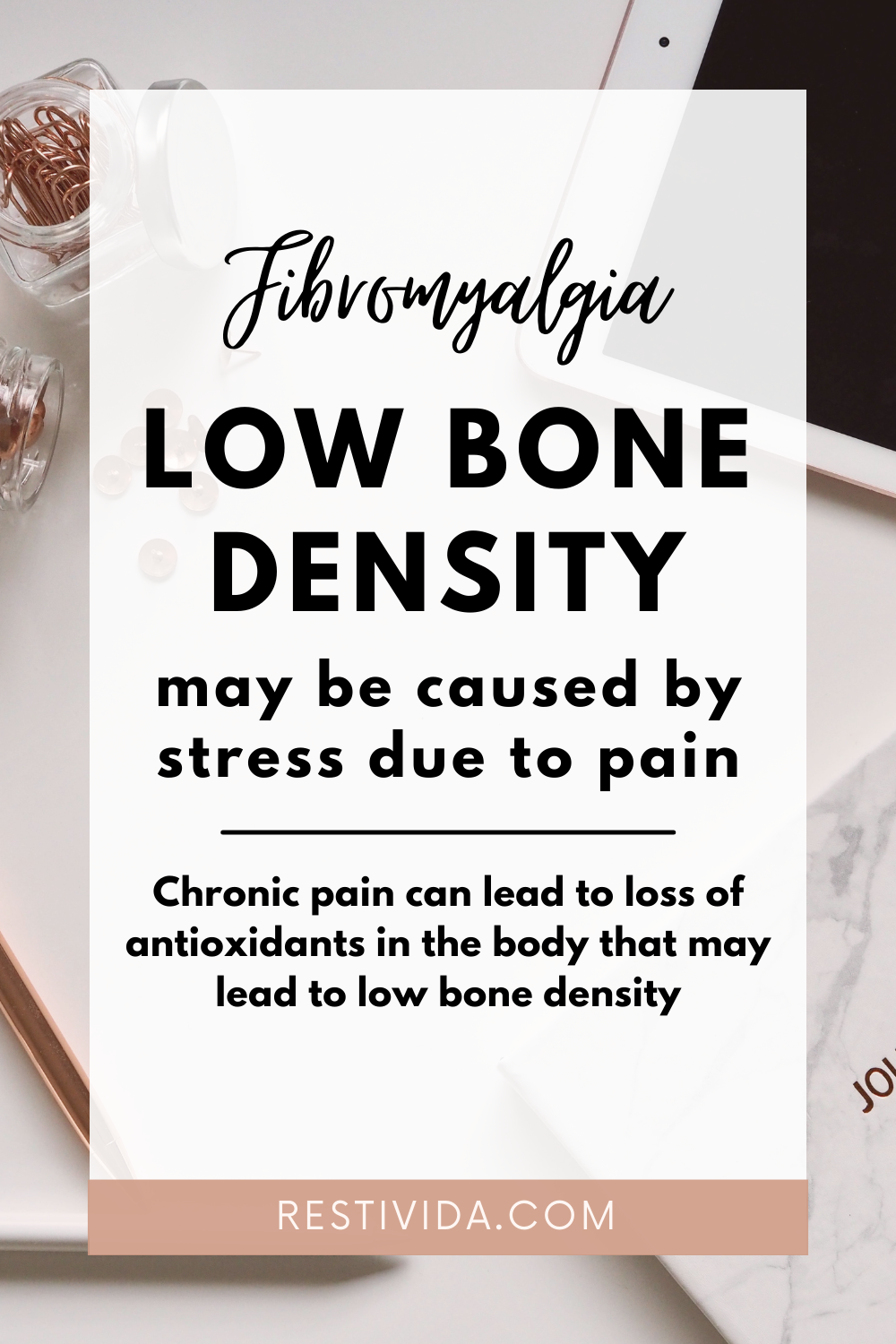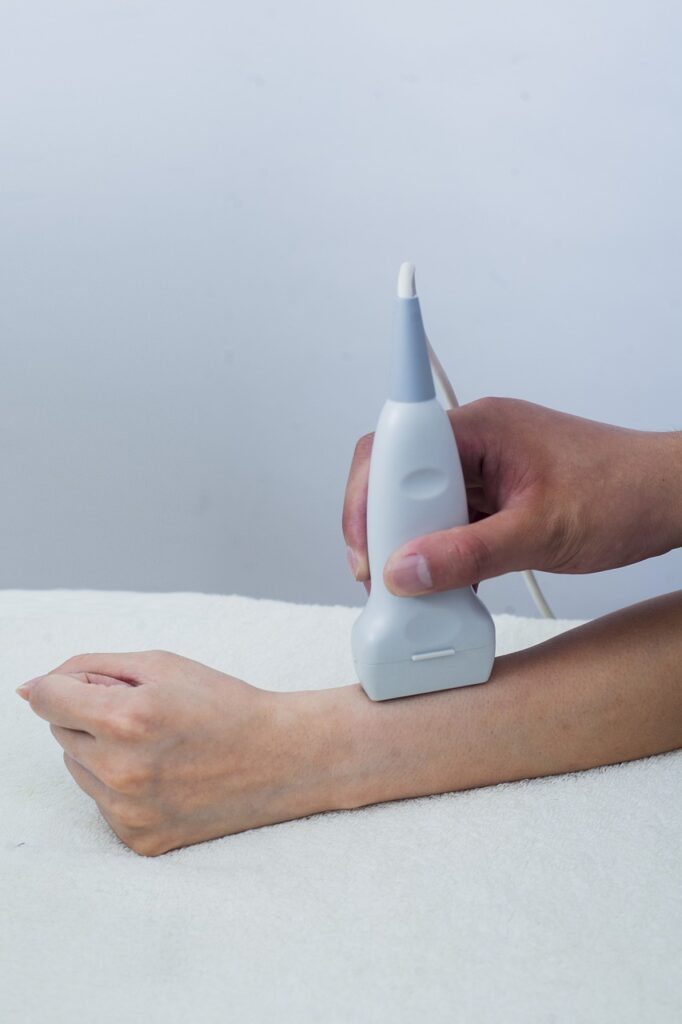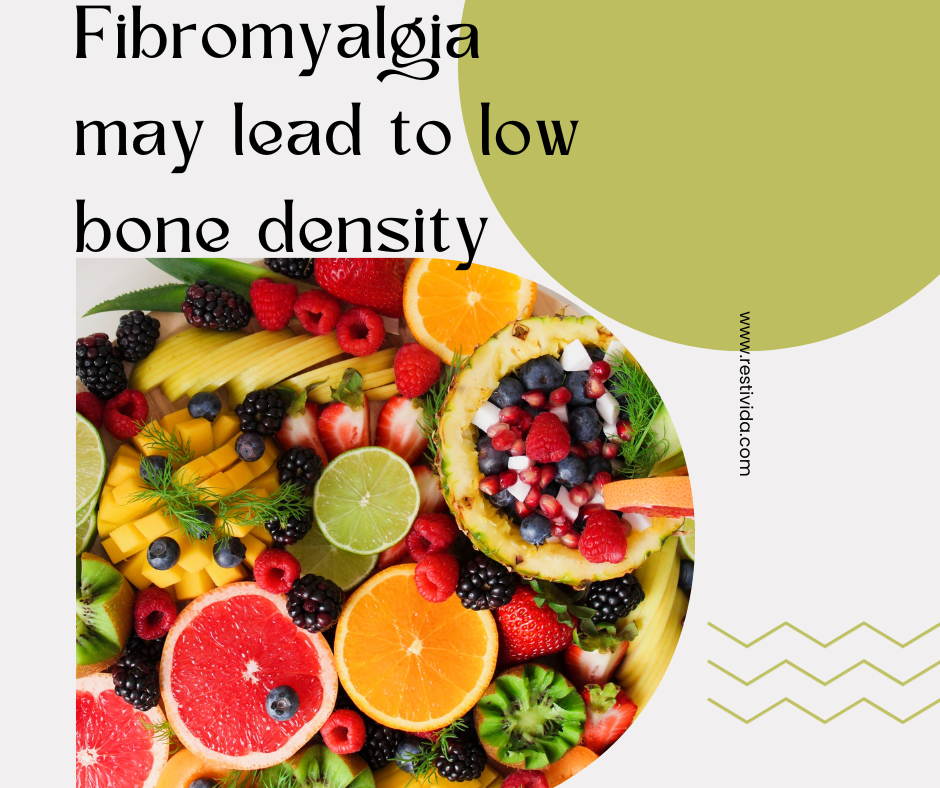Low bone density is often seen in persons with Fibromyalgia
Just like the sturdy pillars of a house support its structure, your bones serve as the foundation for your body’s strength. Much like a well-built house requires a solid foundation, your bones need something to keep them tough and unbreakable. This is where understanding bone mineral density (BMD), is important. BMD is a key measure of how packed with minerals your bones are, akin to the bricks that fortify your bone walls.

Maintaining Strong Bones Throughout Life:
As you transition from childhood to adulthood, your bones grow larger and stronger, reaching their peak strength in early adulthood. However, as the years progress, bone mineral density can decline, analogous to the gradual weakening of a house’s walls over time. Low bone mineral density raises the risk of osteoporosis, akin to having fragile walls that are more prone to cracks or breaks, especially in older age.
Measuring and Caring for Bone Mineral Density:
Specialized machines, functioning like a bone-focused X-ray, allow doctors to assess bone mineral density. If density levels are lower than expected, it signals a need for extra care. To fortify your bones, consume calcium and vitamin D-rich foods like milk and leafy greens. Additionally, engage in weight-bearing activities such as running or dancing, as they strengthen bones by supporting your body’s weight.
BMD and Stress:
Understanding the complex interplay between bone mineral density and stress is crucial. Chronic stress can impact bone health through various mechanisms, affecting hormonal balance, physical activity levels, nutritional habits, bone remodeling, and inflammation. Healthy coping strategies, regular exercise, a nutrient-rich diet, and stress management techniques are vital for maintaining optimal bone health, particularly during stressful periods.
Stress as a Trigger for Fibromyalgia:
Stress plays a pivotal role in the development and exacerbation of fibromyalgia symptoms. Stressful life events and chronic stressors can act as triggers for fibromyalgia, contributing to physiological changes that heighten pain sensitivity. Managing stress through techniques like relaxation exercises and mindfulness is integral to fibromyalgia treatment.
The Interconnection of Fibromyalgia and Depression:
Fibromyalgia and depression often coexist, sharing symptoms and underlying biological links. Chronic pain in fibromyalgia can contribute to depressive symptoms, creating a cyclical relationship. A comprehensive approach to treatment involves medical intervention, lifestyle changes, psychological support, and holistic care to address both physical and emotional aspects.

Research Insights:
Recent research explores the impact of chronic stress, simulated through repeated immobilization in rats, on vertebral bone growth and osteocalcin levels. The findings reveal a correlation between chronic stress and reduced bone growth, emphasizing the importance of mental well-being in skeletal health.
The study suggests that chronic stress can negatively affect bone development and the production of osteocalcin, shedding light on the intricate relationship between psychological stress and bone health.
Conclusions:
Your bones are the bedrock of your well-being, and understanding their relationship with stress is vital. By nurturing bone mineral density, managing stress effectively, and adopting holistic wellness practices, you can fortify the foundation of your health journey for a resilient and fulfilling life.
Further Reading:
Al-Allaf, A. W., Mole, P. A., Paterson, C. R., & Pullar, T. (2003). Bone health in patients with fibromyalgia. Rheumatology, 42(10), 1202-1206. https://doi.org/10.1093/rheumatology/keg356
Buyukbese, M. A., Pamuk, O. N., Yurekli, O. A., & Yesil, N. (2013). Effect of fibromyalgia on bone mineral density in patients with fibromylagia and rheumatoid arthritis. J Postgrad Med, 59(2), 106-109. https://doi.org/10.4103/0022-3859.113825
Eskandari, F., Martinez, P. E., Torvik, S., Phillips, T. M., Sternberg, E. M., Mistry, S., Ronsaville, D., Wesley, R., Toomey, C., Sebring, N. G., Reynolds, J. C., Blackman, M. R., Calis, K. A., Gold, P. W., & Cizza, G. (2007). Low bone mass in premenopausal women with depression. Arch Intern Med, 167(21), 2329-2336. https://doi.org/10.1001/archinte.167.21.2329
Yirmiya, R., Goshen, I., Bajayo, A., Kreisel, T., Feldman, S., Tam, J., Trembovler, V., Csernus, V., Shohami, E., & Bab, I. (2006). Depression induces bone loss through stimulation of the sympathetic nervous system. Proc Natl Acad Sci U S A, 103(45), 16876-16881. https://doi.org/10.1073/pnas.0604234103
No related posts.
